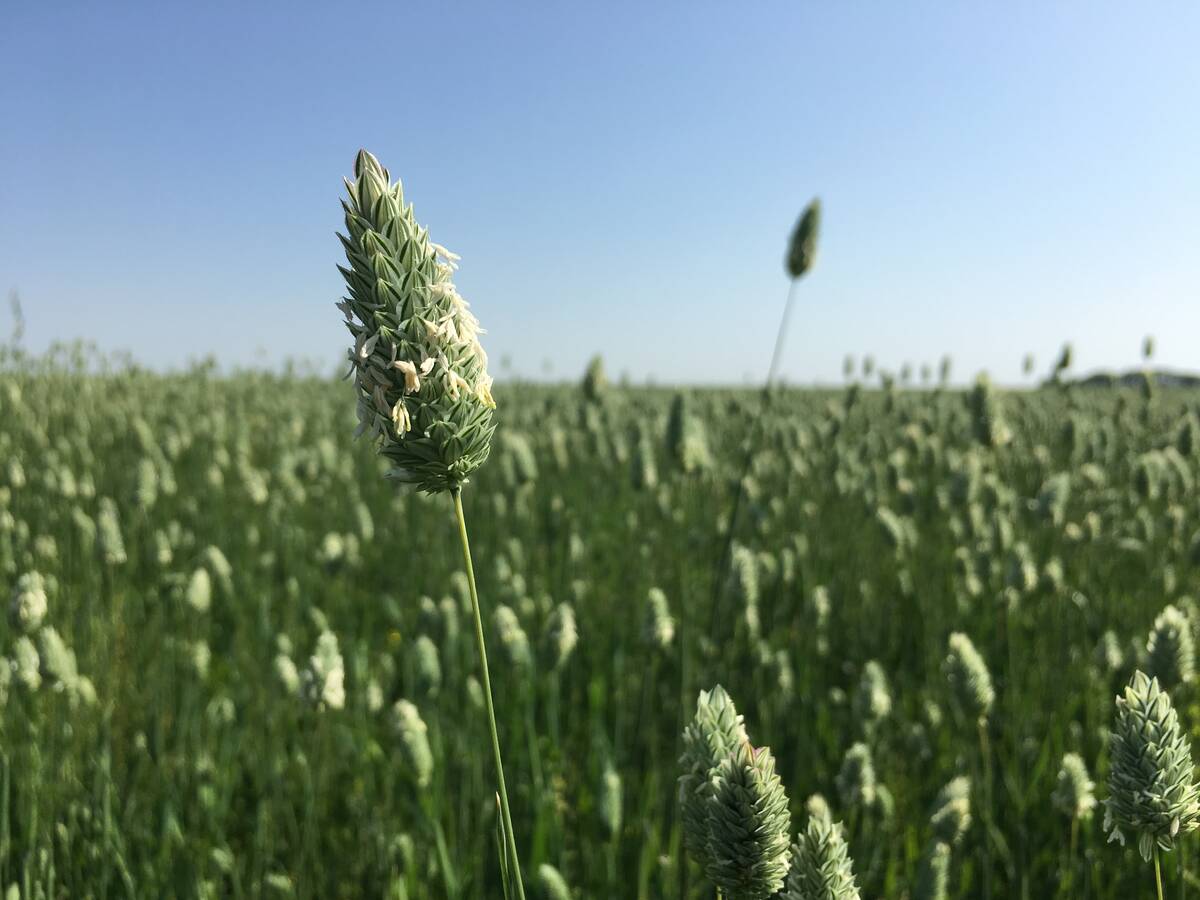Reforms to the grain transportation system have largely ignored the needs of value-added agricultural products, according to a panel at the Fields on Wheels conference held Nov. 20.
The new transportation rules have taken $12 million per year off the bottom lines of oilseed processors, said Mike Sopora, manager of rail transportation for CanAmera Foods.
Processors compete with grain companies to buy canola, Sopora said.
The revenue cap has given grain companies an advantage of $2.50 per tonne, which they can use to bid up prices, he said. This means crushers’ costs of buying canola have potentially risen by the same amount.
Read Also

No special crop fireworks expected
farmers should not expect fireworks in the special crops market due to ample supplies.
Grain companies buy canola primarily to ship offshore but crushers ship 80 percent of their exports to the United States.
Rail movement south is unregulated, and unregulated rail rates have risen by three percent, said Sopora.
The extra cost in an industry with already-thin margins threatens the viability of crushers, said Sopora, who spoke on behalf of the Canadian Oilseed Processors Association.
COPA does not advocate an end to the revenue cap, but wants relief for shippers and more competitive access to rail service.
Reforms have been designed for the needs of bulk grain shippers and have largely ignored what smaller, more specialized shippers require, said Lyle Minogue, chair of Saskatchewan Pulse Growers.
The revenue cap encourages large unit trains and discourages small car spots, container traffic and intermodal transport favored by pulse crop processors, Minogue explained. Pulse processors normally ship smaller quantities to exact customer specifications.
The pulse industry is also worried that streamlining rail traffic to large grain terminals will lead to the closure of branch lines, a move that would hurt pulse processors located throughout the countryside.
Minogue said he was disappointed the industry didn’t receive more attention during the reform process.
Canada is the largest exporter of peas, lentils and chickpeas, and the fourth largest exporter of beans, but transportation snafus have put a limit on the pulse industry’s growth, he said.
“We’re not talking about a minor industry here,” said Minogue.
Because of well-documented transportation problems, international pulse buyers bargain down prices for Canadian crops to account for the risks of late shipments or improperly filled orders, Minogue said.
“We’re just getting by as best we can,” said Minogue.
Blair Wright, president of Transfeeder, a major Canadian compressed hay exporter, said he’s happy with the rail service he receives, although he would like to be able to negotiate rates with rail companies and have more flexibility to work with various steamship companies.
It’s hard to achieve the just-in-time delivery his customers demand, especially when containers have to switch railroads to access a different container port, he explained.
“The port of Vancouver is the bottleneck,” Wright said.
“We often find our customers are hedging their bets and buying from our competitors in the south” to ensure supply.
U.S. competitors are within trucking distance of ports. In fact, Canada is the world’s only hay exporter to rely on rail.
Transfeeder exports $50 million in hay bought from 1,500 producers at 17 plants to 12 countries, mainly in Asia.
The company has grown from handling 1,000 tonnes in 1985 to 180,000 tonnes in 1999. Markets are growing. Within five years, Wright hopes to be buying 300,000 tonnes of hay.
To date, exports have been limited by supply rather than transportation, said Wright. Transfeeder has worked hard to convince enough farmers to see hay as an export crop.














